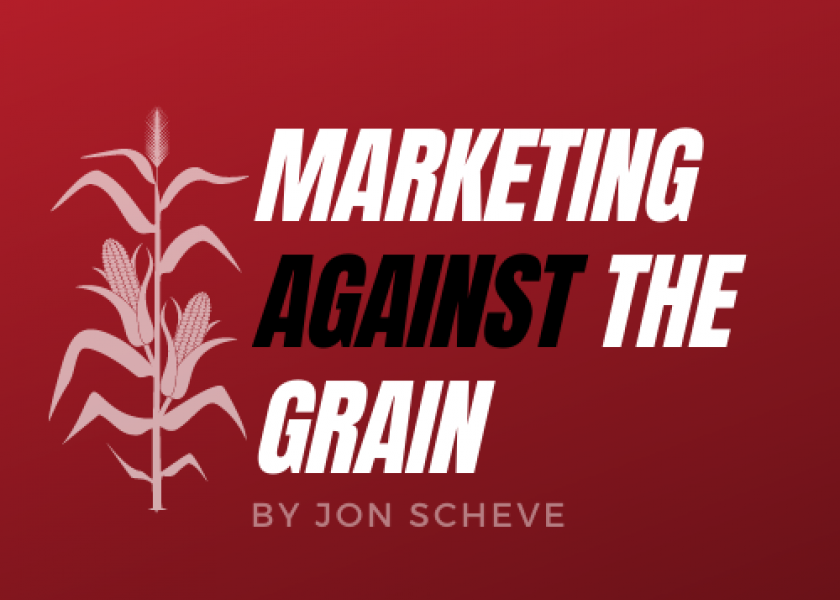USDA Cattle Numbers Suggest Upside Potential In Corn For Feed Demand

Missed a recent article by Jon Scheve? Get it sent to you directly every week. Send a request by email: jon@superiorfeed.com
Market Commentary for 2/3/23
Since Christmas, March corn has traded between $6.75 and $6.80 on 22 out of 27 days. March beans have also traded sideways with values between $15.00 and $15.40 for 25 out of 27 days. The market continues to search for direction.
The USDA released their cattle on feed estimates this week, which produced alarming headlines stating, “US Beef Cow Herds in January Fall to Lowest Level Since 1962.” However, US beef cows only represent 30% of total cattle on feed numbers, which is down about 3% from last year. This number is only about 100,000 head or .3% below the 2014 beef cow numbers when cattle numbers were last this tight.
Putting this into perspective, the USDA decreased current feed usage estimates over 7% from last year. Beef, hogs, and poultry each account for 25% of total feed demand, while milk, eggs, and turkey production make up the final 25% of corn feed usage. If cattle on feed is only down about 3%, and hog and poultry numbers are down 2% from last year, there may be an opportunity for a feed usage increase later in the marketing year. This could potentially offset any corn export or corn for ethanol usage decrease that some market participants are suggesting could happen in future reports, which could help keep carry out tight the rest of the marketing year.
Moving forward the market will focus on how fast Brazil plants their second corn crop and if US export pace changes.
Want to read more by Jon Scheve? Check out recent articles:
NATO Tank Shipments Could Suggest Upside Potential In Corn
Stocks, Silage, And Sorghum Could Be Signaling Corn Has Upside Potential
Reasons For Soybeans To Rally Or Drop Moving Into 2023
Reasons For Corn To Rally Or Drop Moving Into 2023
Opportunities To Make Money in Sideways Markets
Only YOU Can Prevent The Spread Of “Free” Storage
Jon Scheve
Superior Feed Ingredients, LLC







